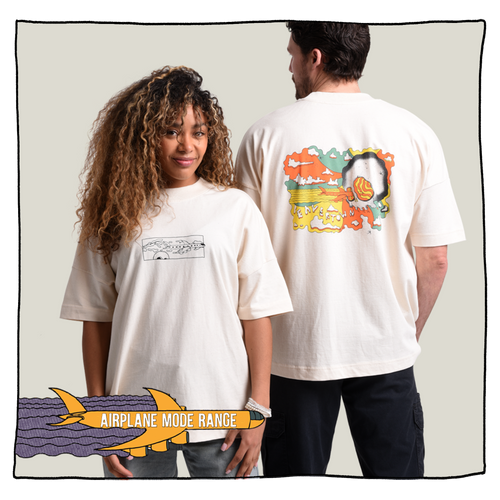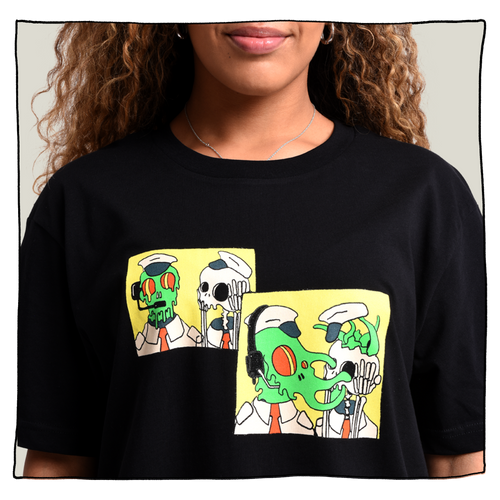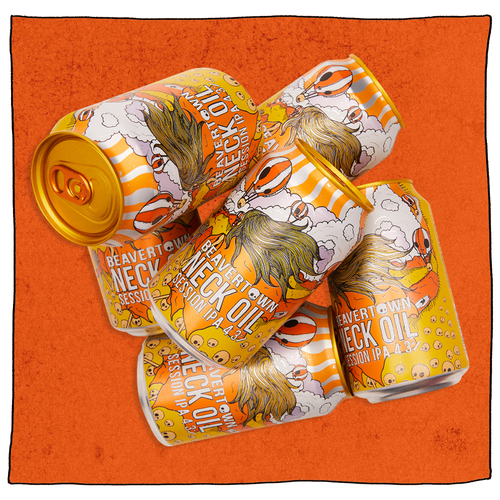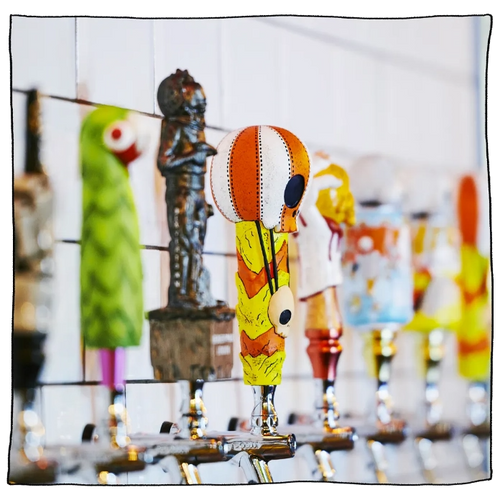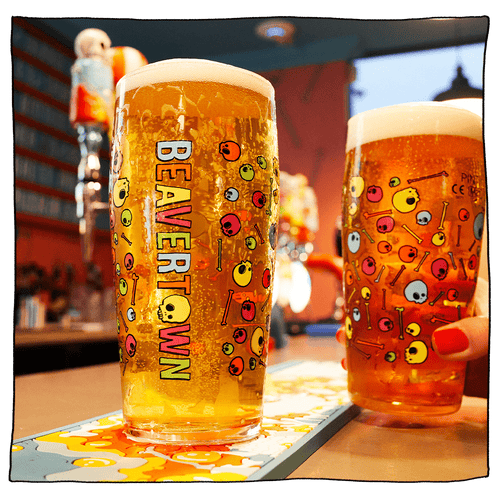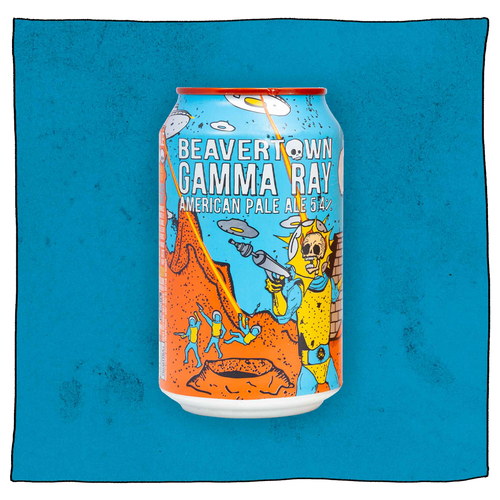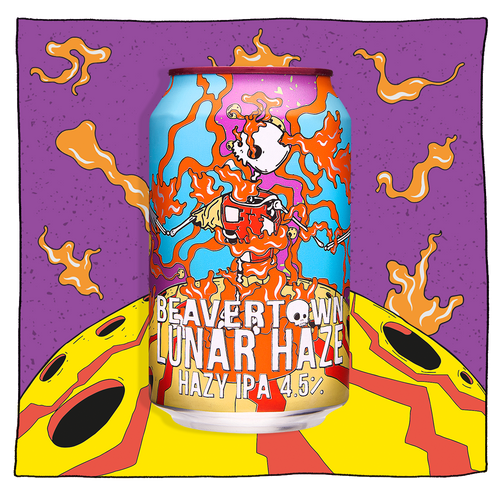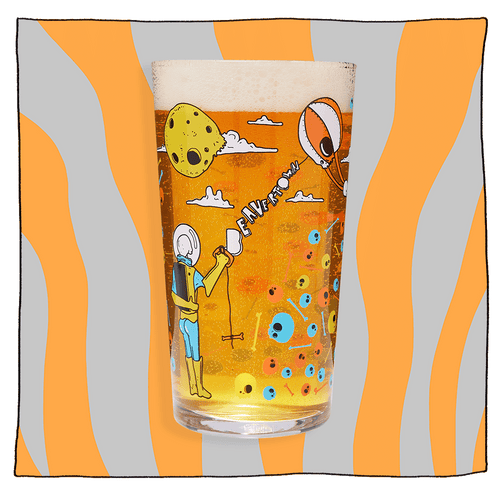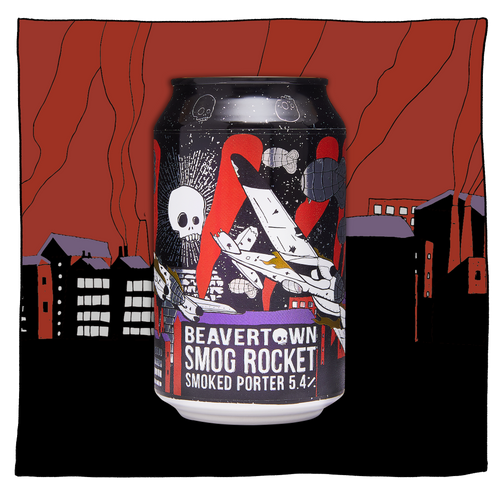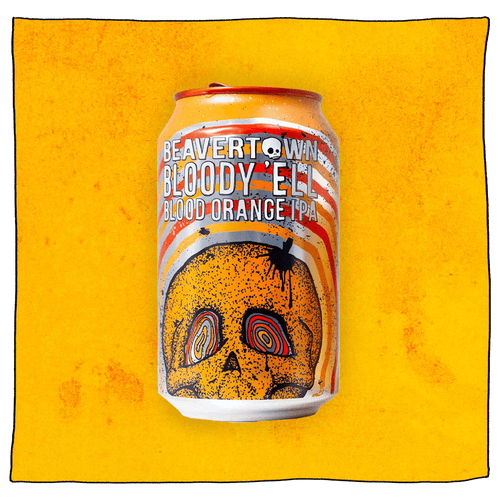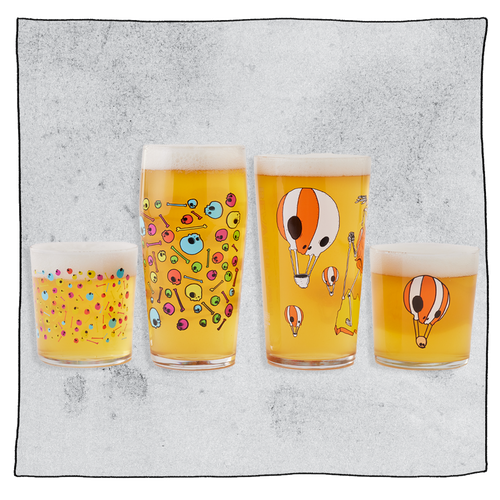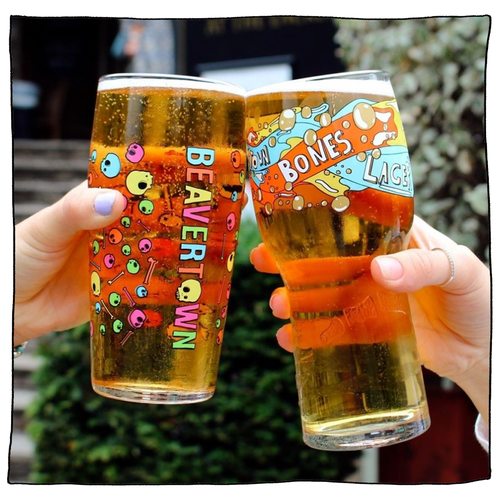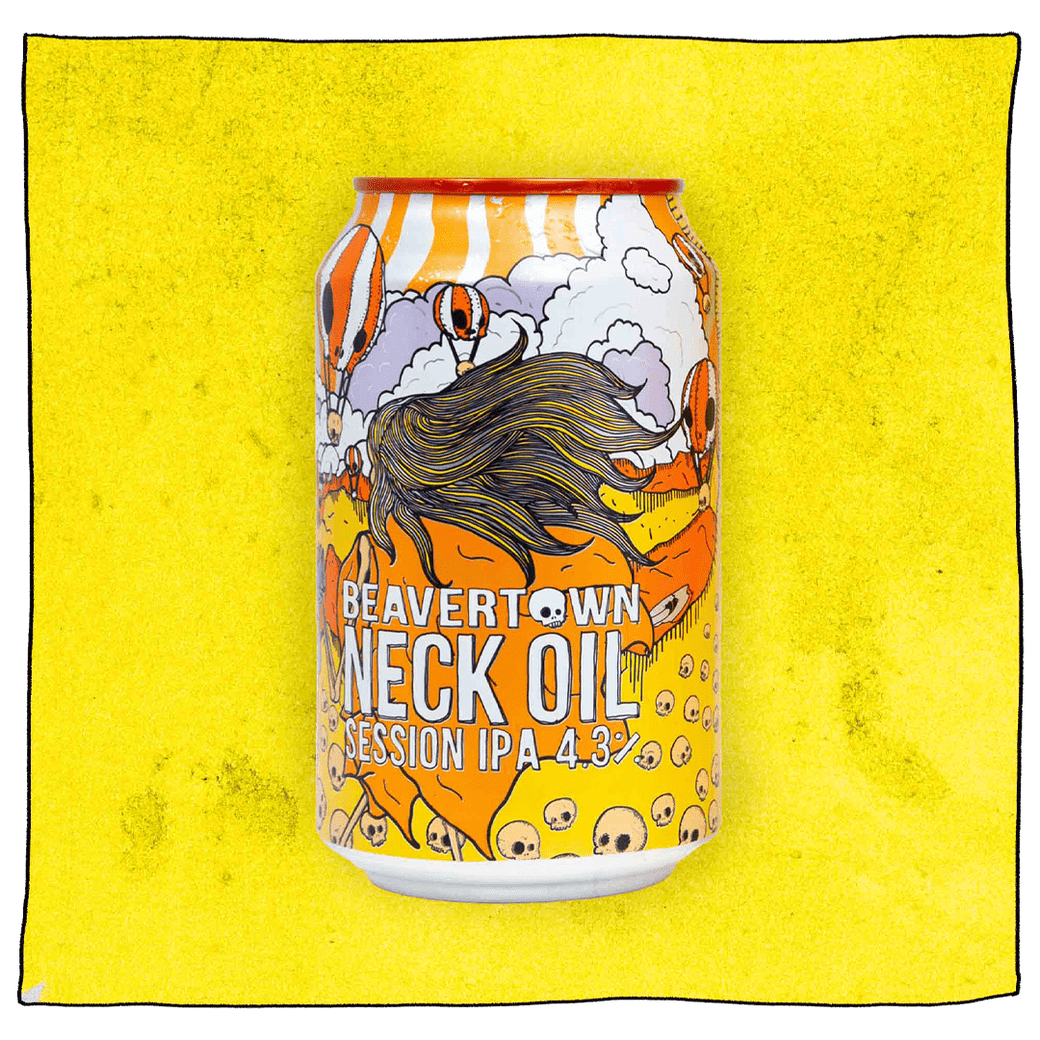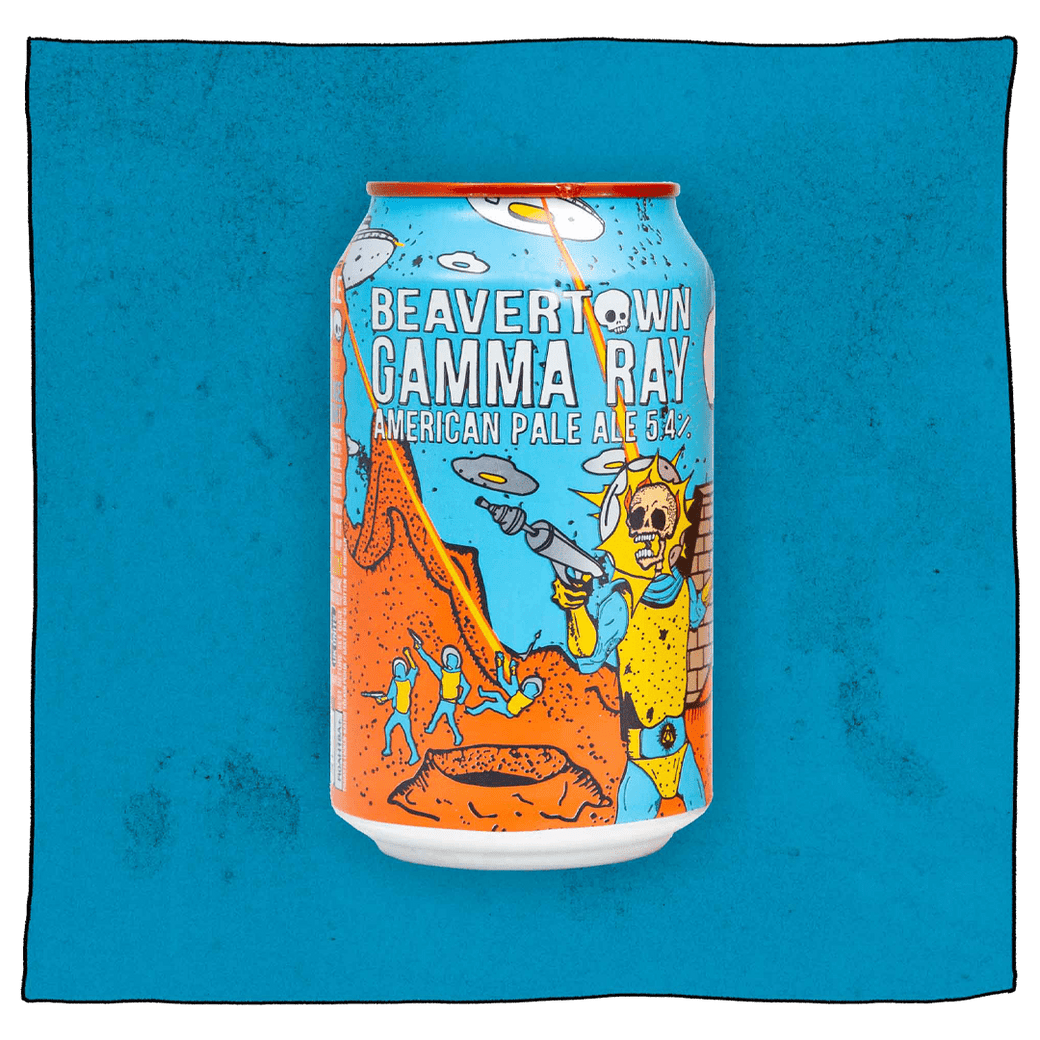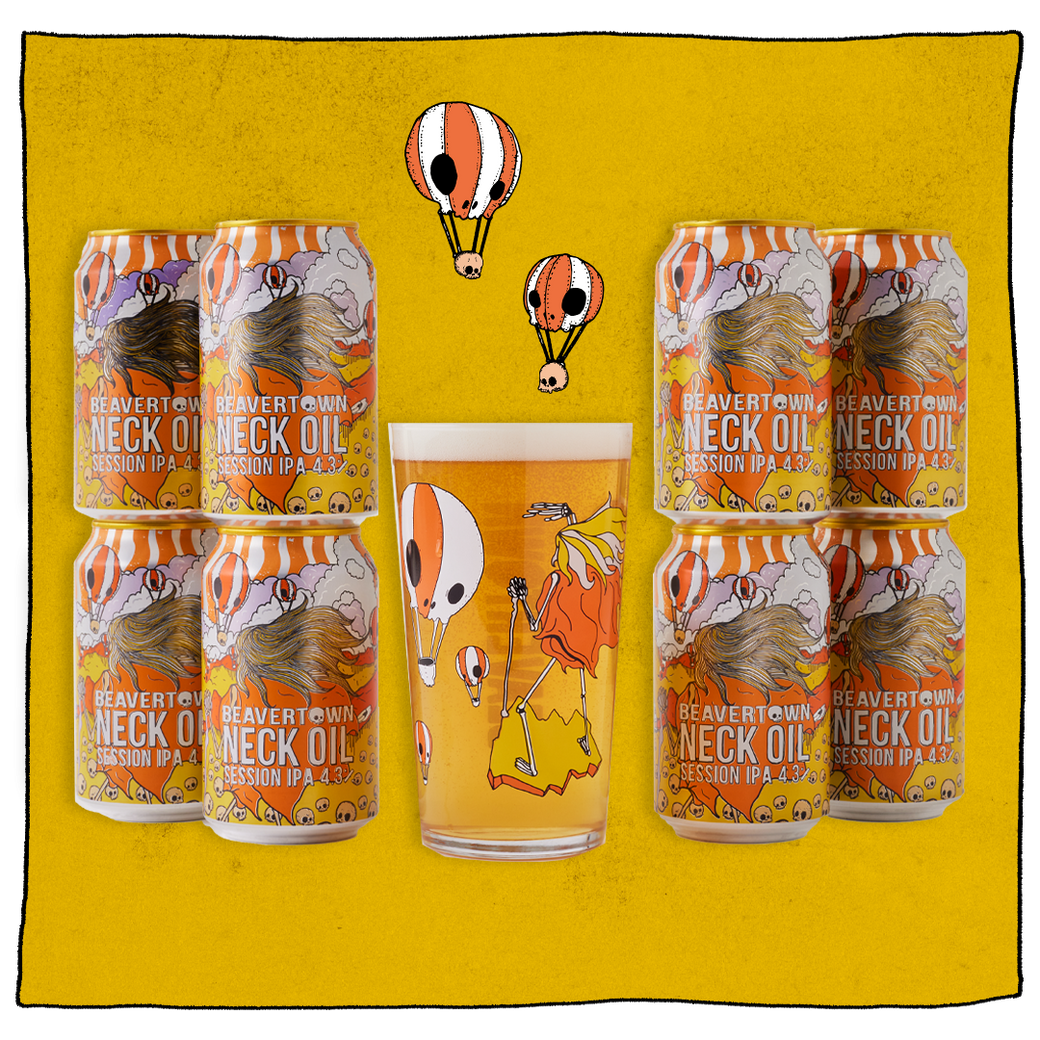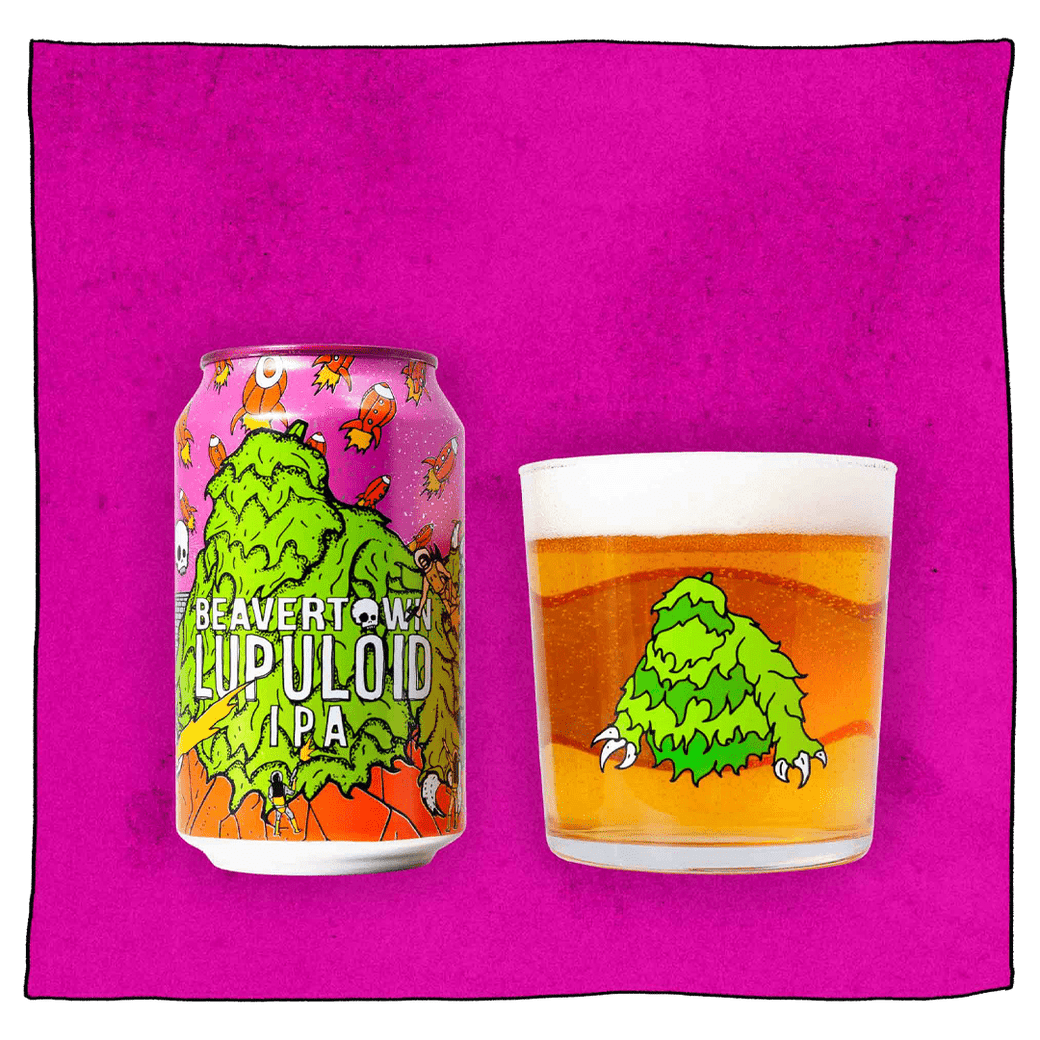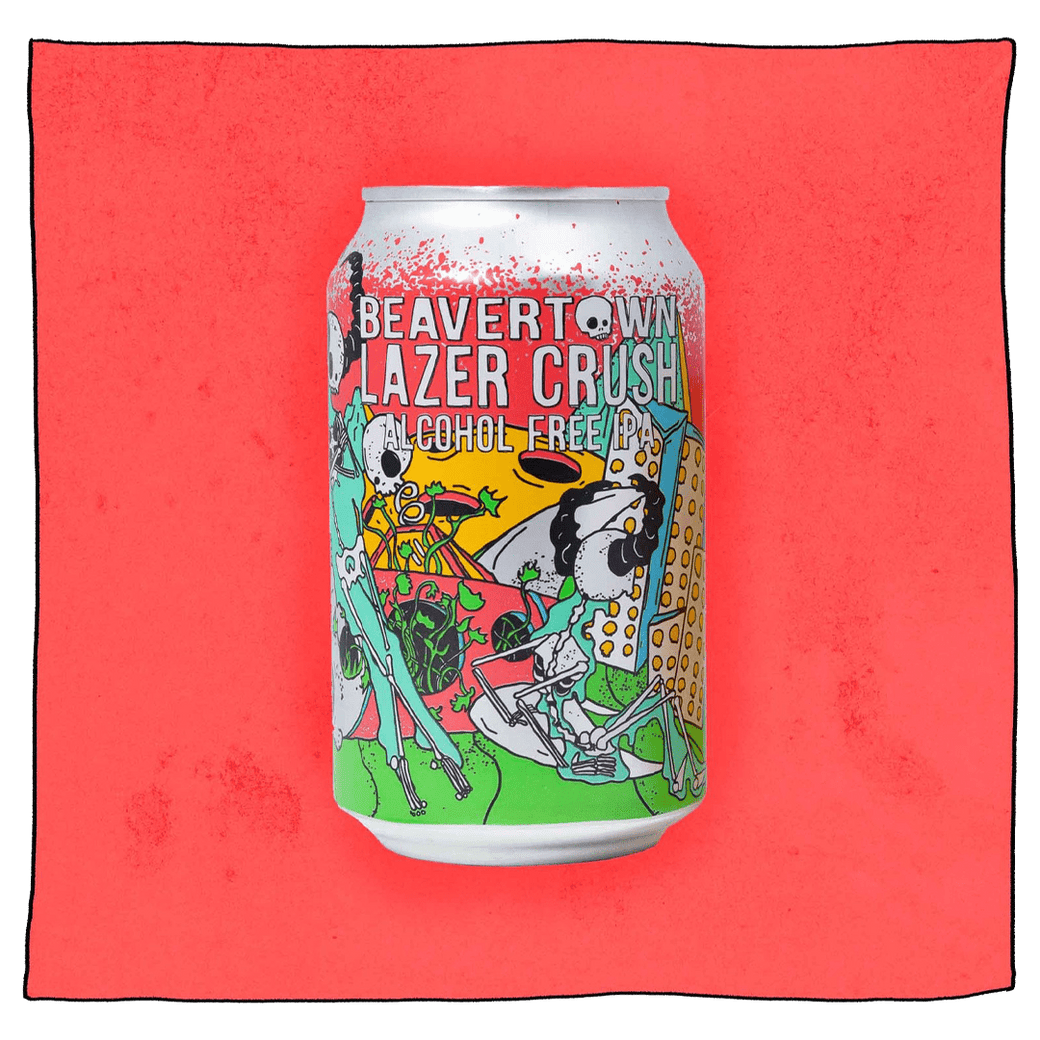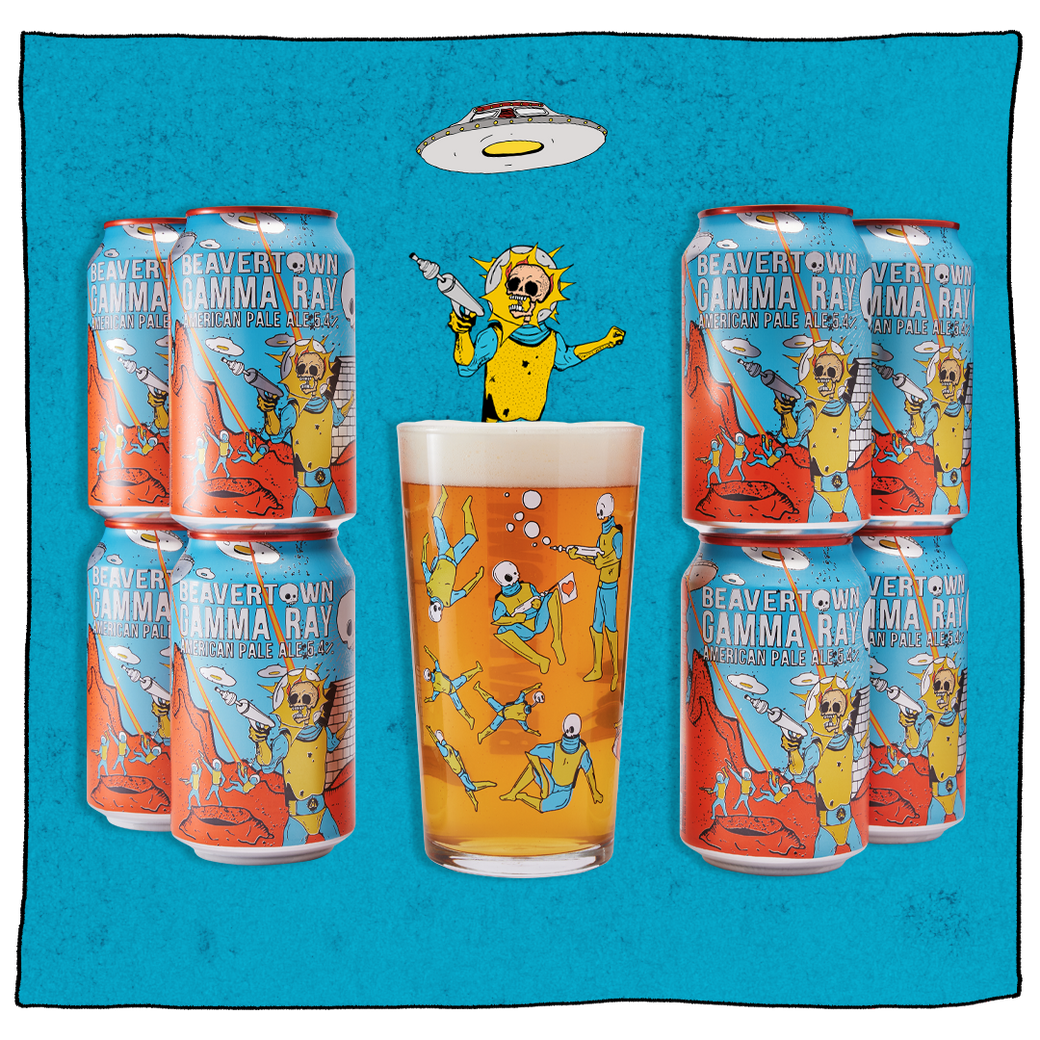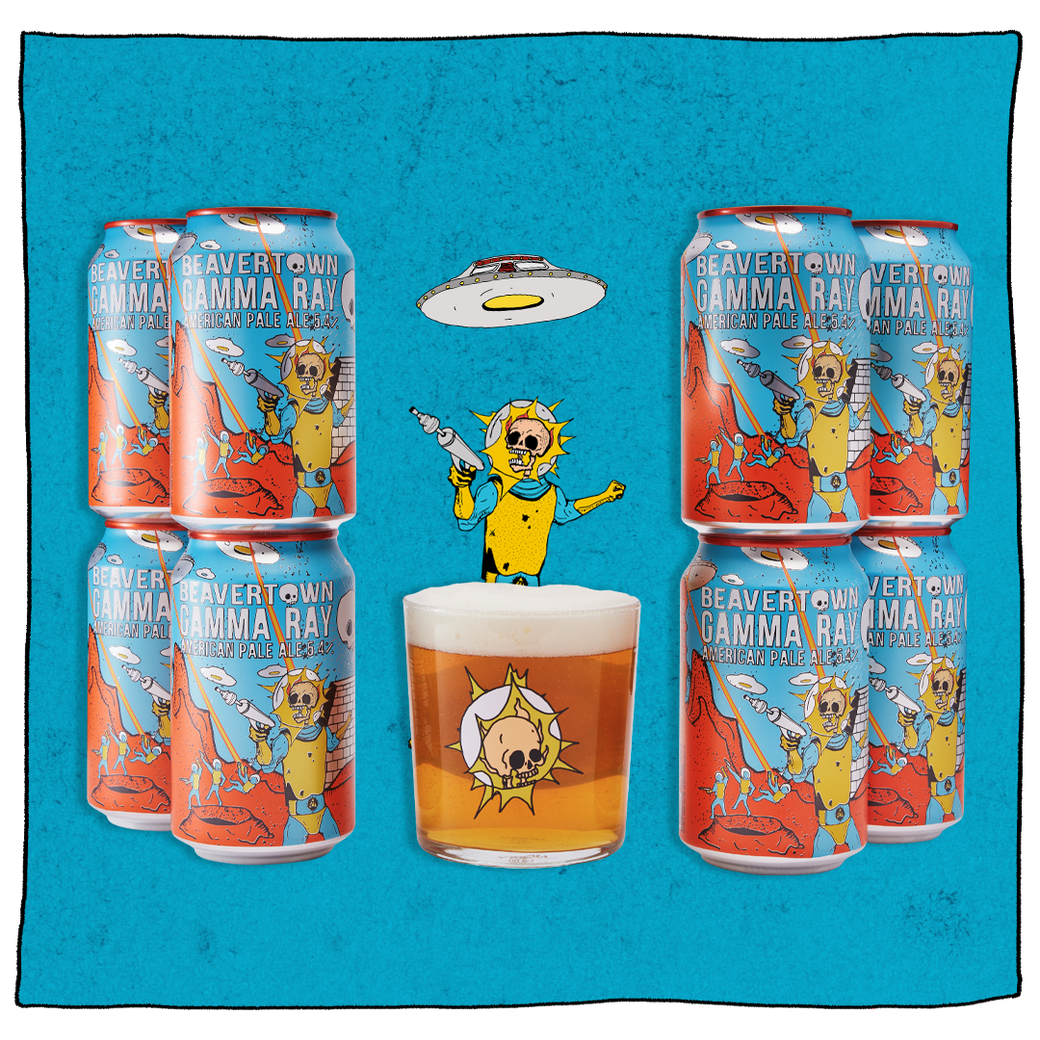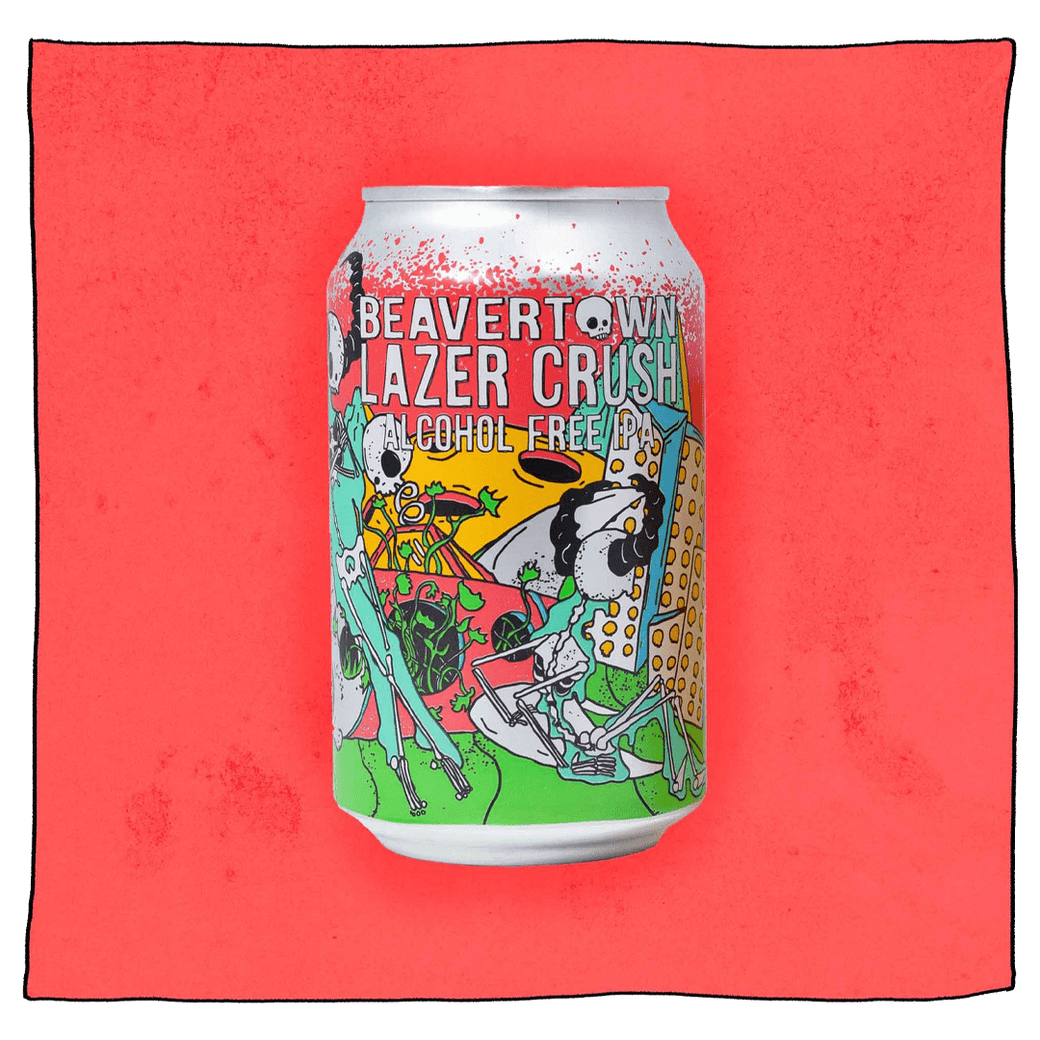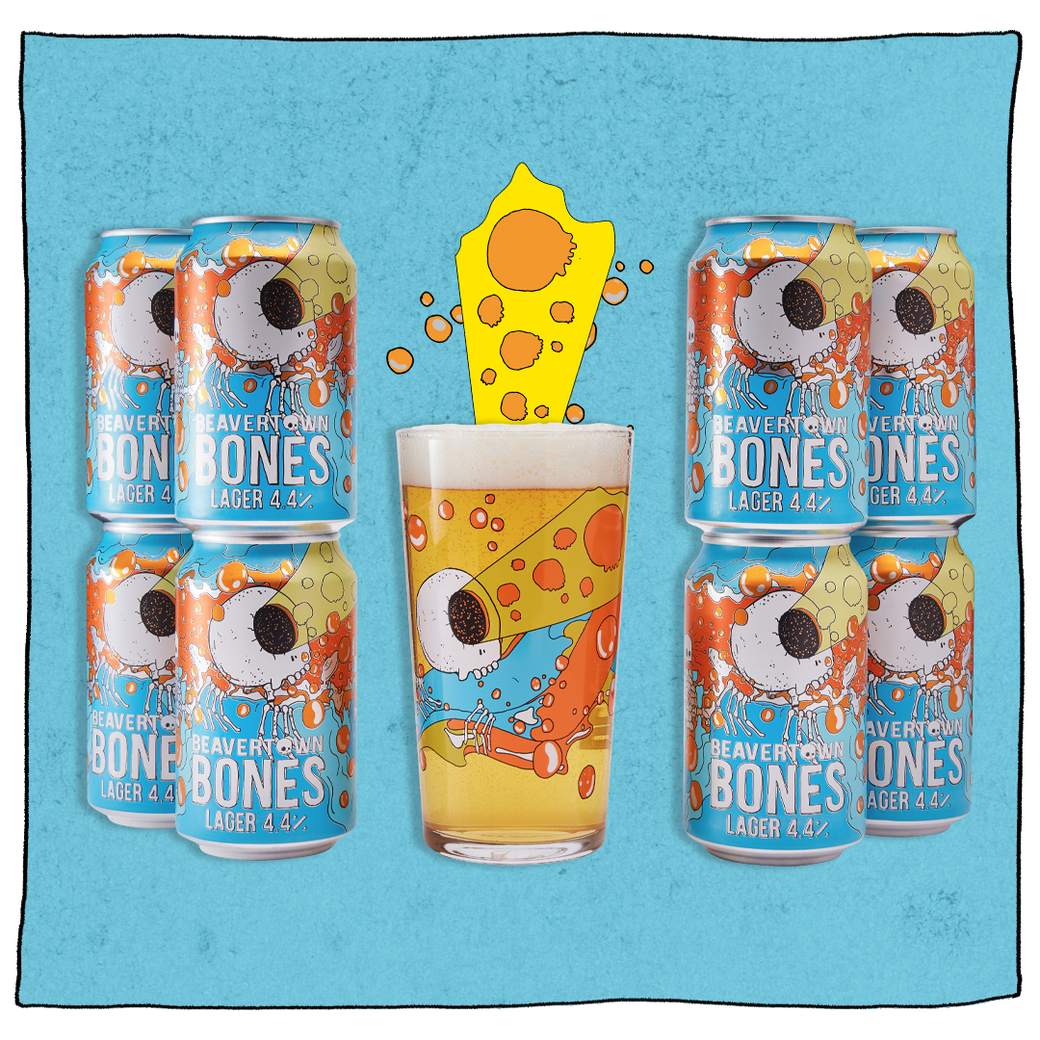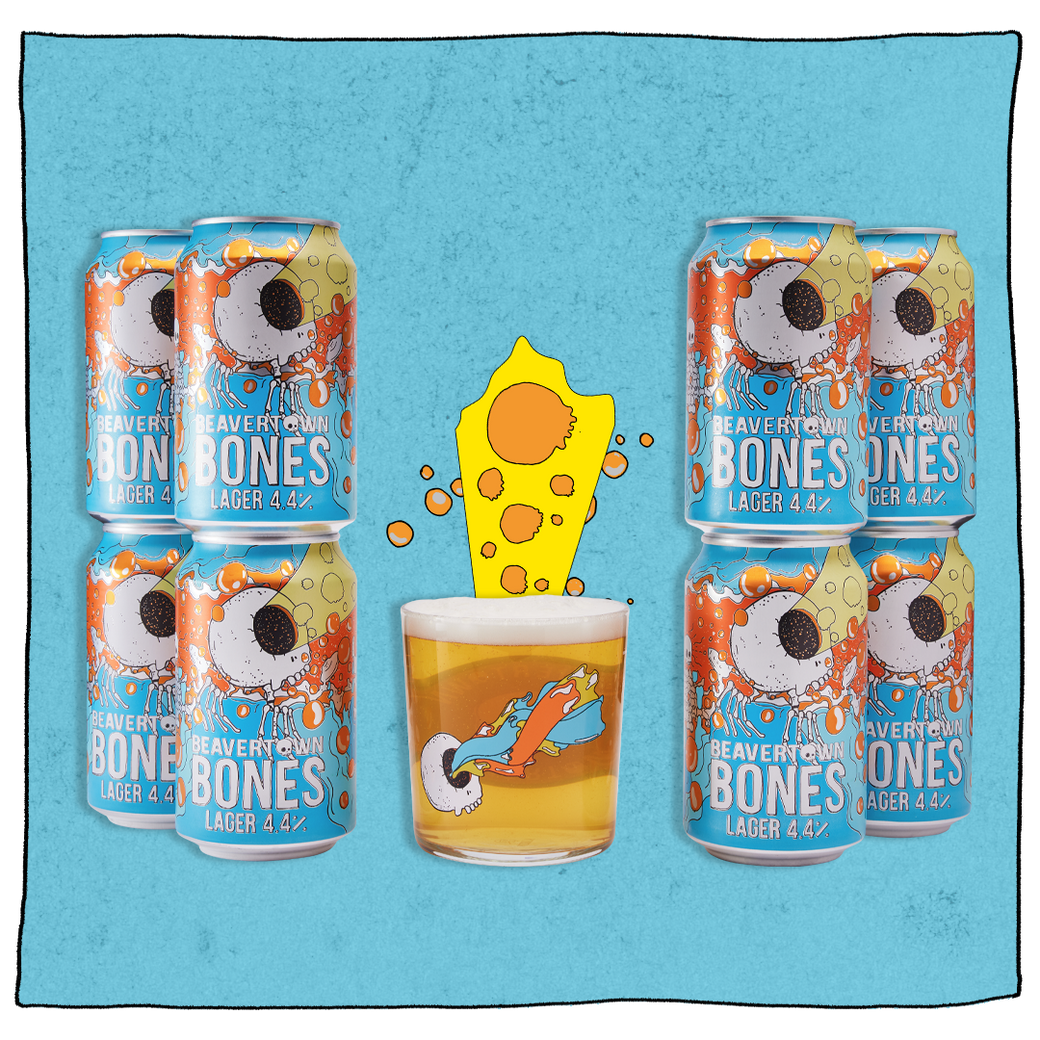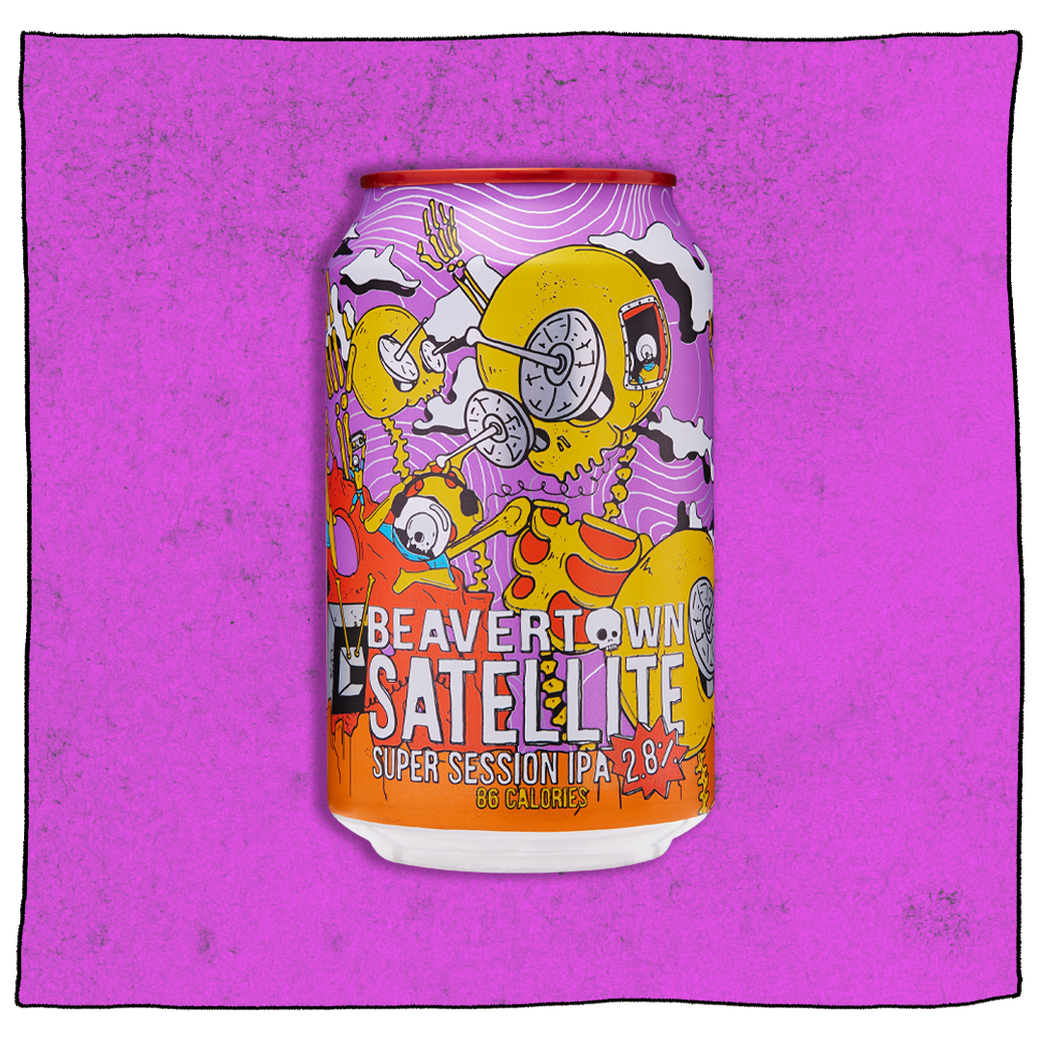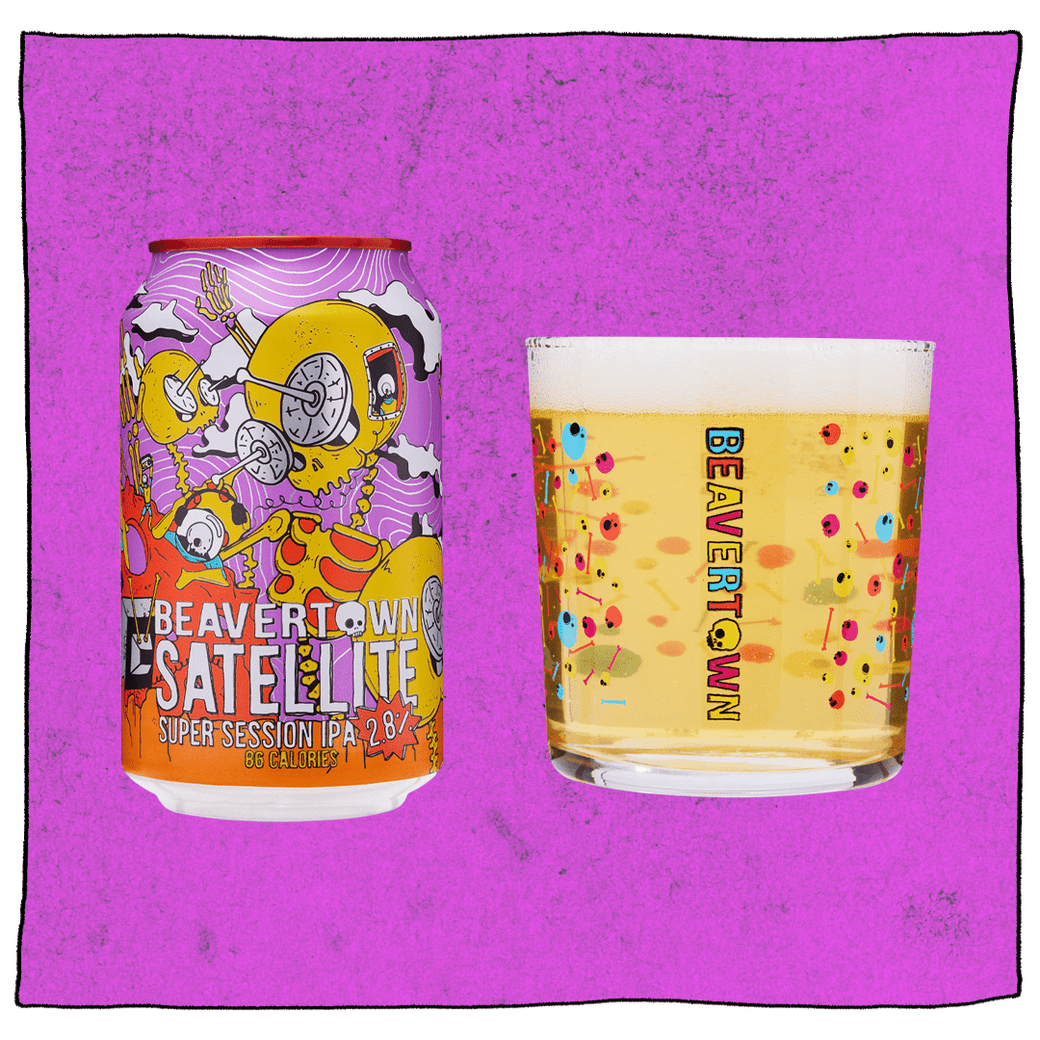Beer Types & Styles
We like to say that beer brewing is equal parts science and art. And just like art, there’s ssssoooo many different types out there. And just like how some people don’t consider a receipt stapled to the wall of a gallery ‘art’, not everyone enjoys every type of beer. Which is why there’s so many – to cater to all those different palates.

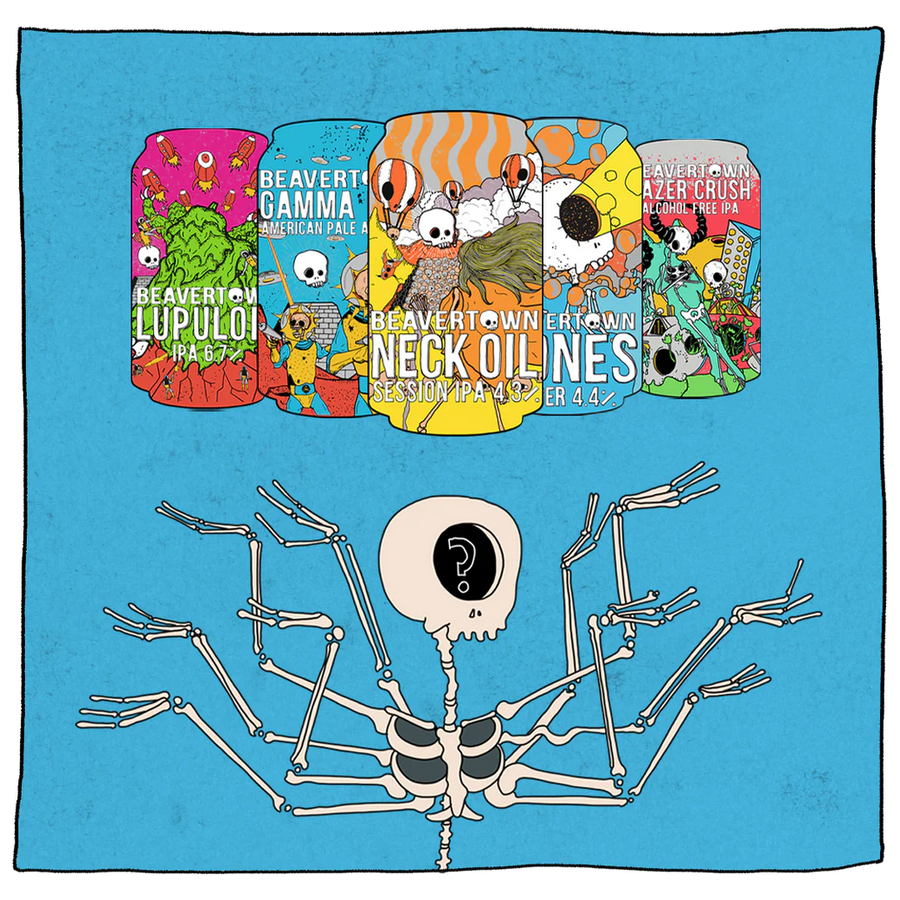
Beavertown Beer Types
At Beavertown we brew up a fair few different beer types but there’s a whole galaxy of others out there. The most famous are lager and ale. But with all the different hops, grains, and yeast types out there, the different types of beers are basically infinite. And they all taste different. And are even drunk out of different glasses too if you’re a beer purist.
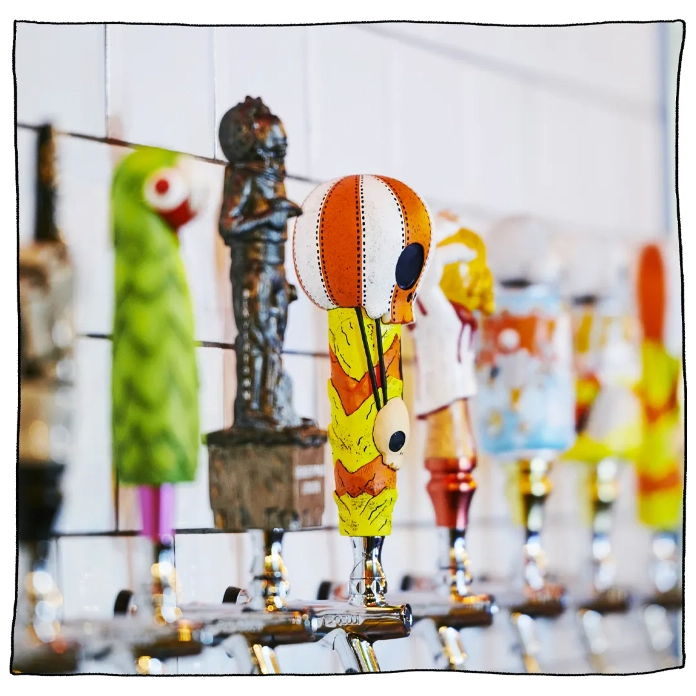
Why Are There So Many Types of Beer?
Despite the fact that there are only 4 ingredients in beer (water, malt, yeast, and hops), you can get basically an endless list of different flavour combos. So the reason why there are so many different beers is because of the wide variety of the types of ingredients out there.
A beer made with oats will have a totally different mouthfeel to one made with barley malt. Some beers are made using darker roasted malts too which can give the beer a more toasty flavour. And the different strains of yeast will result in different amounts of alcohol.
And don’t even get us started on the 250+ varieties of hops you can choose from to brew that beer with. The hops are what give a beer its iconic flavour. Most beers use a different combination of multiple hops. So there’s basically a bazillion different combos (maybe… We brew beer. We don’t do maths.)
So that’s why there are so many different types of beers out there.






